Coriander (Coriandrum sativum), also known as Chinese Parsley, Cilantro, or Dhania, is an annual herb from the Apiaceae family. Native to the Western Mediterranean, Southern Europe, and Western Asia, this versatile edible plant is cherished worldwide for its culinary uses.
The leaves and stems, referred to as cilantro in the United States, are commonly eaten fresh or cooked, adding vibrant flavor to dishes. Meanwhile, the plant’s dried seeds, known as coriander, are ground into a popular seasoning. Coriander is an essential herb in many kitchens, prized for its ability to enhance both simple and complex recipes.
| Common name | Chinese Parsley, Cilantro, Coriander, Dhania |
| Botanical name | Coriandrum sativum |
| Family | Apiaceae |
| Species | sativum |
| Origin | Western Mediterranean, Southern Europe, Western Asia |
| Life cycle | Annual |
| Plant type | Edible |
| Sunlight | Full Sun |
| Maintenance | Low |
| Soil condition | Loam |
| Drainage | Well-Drained |
| Growth rate | Fast |
| Spacing | 12 in. – 3 ft. |
| Flowering period | Summer |
| Height | 1 ft. – 2 ft. |
| Flower color | Pink |
| Leaf color | Green |
| Fruit color | Brown, Copper |
| Fruit benefit | Edible |
| Leaf benefit | Edible |
| Flower benefit | Edible |
| Garden style | Edible Garden |
| Uses | Container |
I. Appearance and Characteristics
Coriander (Coriandrum sativum), also known as cilantro and dhaniya, is an annual herb in the family Apiaceae.
Coriander is native to the Mediterranean Basin.
First attested in English during the late 14th century, the word “coriander” derives from the Old French coriandre, which comes from Latin coriandrum, in turn from Ancient Greek κορίαννον koríannon (or κορίανδρον koríandron), possibly derived from or related to κόρις kóris (a bed bug), and was given on account of its foetid, bug-like smell.
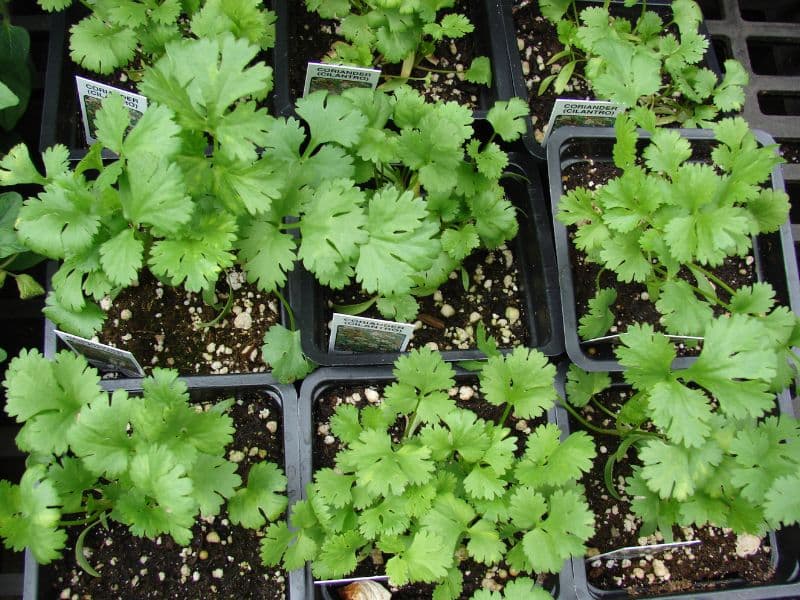
The earliest attested form of the word is the Mycenaean Greek ko-ri-ja-da-na (variants: ko-ri-a2-da-na, ko-ri-ja-do-no, ko-ri-jo-da-na) written in Linear B syllabic script (reconstructed as koriadnon, similar to the name of Minos’ daughter Ariadne) which later evolved to koriannon or koriandron, and Koriander (German).
Cilantro is the Spanish word for coriander, also deriving from coriandrum. It is the common term in American English for coriander leaves due to their extensive use in Mexican cuisine, but the seeds are referred to as coriander in American English.
It is a soft plant growing to 50 cm (20 in) tall. The leaves are variable in shape, broadly lobed at the base of the plant, and slender and feathery higher on the flowering stems.
The flowers are borne in small umbels, white or very pale pink, asymmetrical, with the petals pointing away from the centre of the umbel longer (5–6 mm or 3⁄16–1⁄4 in) than those pointing toward it (only 1–3 mm or 1⁄16–1⁄8 in long). The fruit is a globular, dry schizocarp 3–5 mm (1⁄8–3⁄16 in) in diameter. Pollen size is approximately 30 μm (0.0012 in).
All parts of the plant are edible, but the fresh leaves and the dried seeds are the parts most traditionally used in cooking.
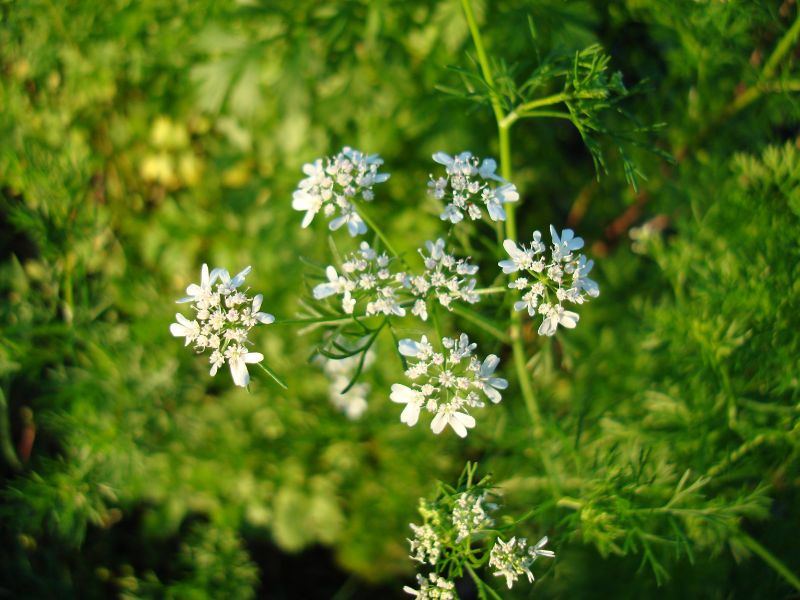
II. How to Grow and Care
Sunlight
Coriander thrives in full sun conditions, which implies direct exposure to sunlight for at least 6 hours per day, fostering robust growth and optimal health. While coriander is tolerant to partial sun, where light is filtered or indirect for a portion of the day, prolonged deviation from its desired bright environment can lead to leggy stems and reduced vigor. In an outdoor setting, coriander should be planted in a spot that receives unobstructed sunlight, especially in the morning. This positioning ensures the plant receives the intense light it prefers, which plays a critical role in its development and productivity.
Watering
Originating from regions with a moderate climate, coriander has adapted to consistent moisture levels, requiring regular hydration without being waterlogged. It thrives in evenly moist soil, reflecting its intolerance to both drought and over-saturation. Watering should occur twice a week to maintain optimal health. As an herb commonly grown outdoors, coriander benefits significantly from rainwater during its growing season, which naturally supplements irrigation and provides the ideal balance of water for robust foliage production.
Soil
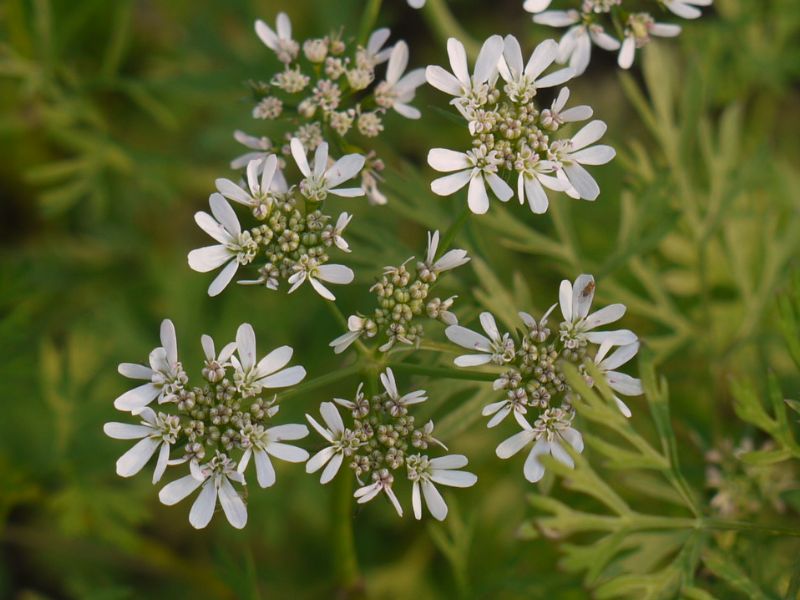
Although coriander will happily grow in average- quality soil, better performance will come from improving the soil with the addition of well-composted manure or quality compost. Add a little controlled release or organic fertilizer, too.
Fertilizing
For the lush growth of coriander, use high nitrogen fertilizers every 4-6 weeks, starting from the seeding stage until full maturity. A balanced liquid fertilizer with an NPK ratio close to 2-1-2 is ideal, applied at half strength to avoid overfeeding. Fertilization enhances vegetative growth, leaf quality, and prepares coriander for robust development.
In cooler seasons, reduce frequency to align with slowed growth. Always water coriander before fertilization to prevent root burn and ensure nutrient absorption. Monitor coriander for signs of deficiency or excess, adjusting the regimen accordingly.
Pruning
Pruning will naturally happen as you pick leaves for the kitchen. This will help to bring on new shoots.
Pruning out the flower stem will not significantly prolong the life of the plant or force it to produce leaves for longer. In fact, it may end the plant’s season prematurely.
Propagation
Coriander is only grown from seed.
In-situ: prepare soil to a suitable state and plant seeds in shallow rows. Keep moist and mulch around them as plants develop. (Use a lucerne or pea straw mulch.)
In trays or individual pots: in a suitably warm and sunny location, spread seed in containers filled with seed raising mix. Ideally, keep plants warm and moist. However, seeds will germinate when temperatures are as low as 5˚C.
Plant out once the threat of frost has passed and make weekly planting for a longer harvest of foliage.
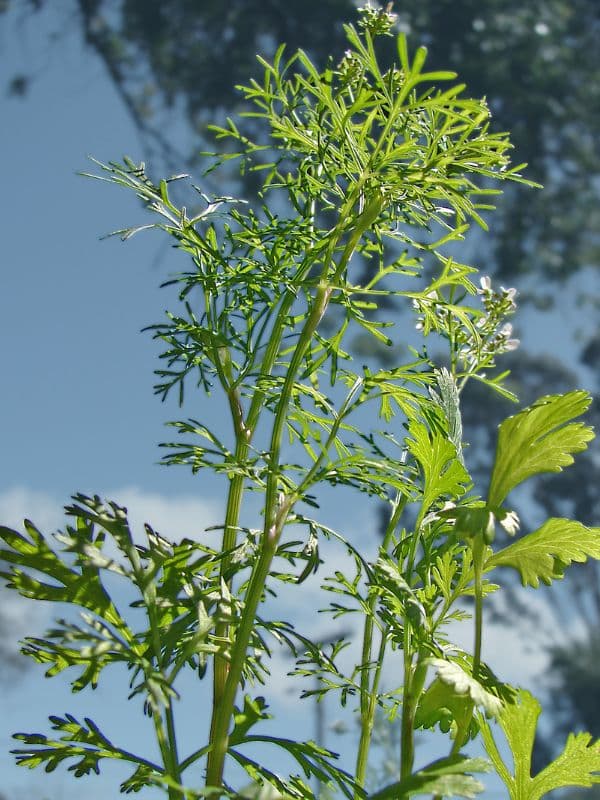
Transplanting
The perfect time to transplant coriander is during the charming mid to late spring season, ensuring optimal growth. For success, choose a sunny location with well-draining soil. Remember, gentle handling of the delicate roots is key to a thriving coriander!
Pests and Diseases
It’s unlikely you’ll encounter any pest problems with coriander, as the essential oils work as an insect repellent.
Safety tip
After applying fertilizer, delay harvesting for a few days and rinse well before cooking and eating. If using products to deal with pests, diseases or weeds, always read the label, follow the instructions carefully and wear suitable protective equipment. Store all garden chemicals out of the reach of children and pets.
III. Uses and Benefits
- Ornamental uses
Coriander is often grown in vegetable fields. This common plant is grown for its leaves and seeds which are used in cooking as well as for its fresh aroma and bright green appearance. It is a prized addition to vegetable gardens and as a companion plant in cottage gardens. It is often planted with mint, basil, yarrow, and tomatoes, which all thrive together.
- Culinary uses
Fresh leaves and dried seeds are the most commonly used in cooking, but all parts of the plant are edible, and the roots are an important element of Thai cooking. Coriander is used in cuisines throughout the world.
Leaves
The leaves are variously referred to as coriander leaves, fresh coriander, Chinese parsley, or (in the US and commercially in Canada) cilantro. The fresh leaves are an ingredient in many foods, such as chutneys and salads, salsa, guacamole, and as a widely used garnish for soup, fish, and meat. As heat diminishes their flavor, coriander leaves are often used raw or added to the dish immediately before serving.
In Indian and Central Asian recipes, coriander leaves are used in large amounts and cooked until the flavor diminishes. The leaves spoil quickly when removed from the plant and lose their aroma when dried or frozen.
The taste of the leaves differs from that of the seeds. The seeds exhibit citrus overtones. The dominant flavoring in the leaves are the aldehydes 2-decenal and 2-dodecenal. The main flavorant in the seeds is (+)-linalool.
Seeds
The dry fruits are coriander seeds. The word “coriander” in food preparation may refer solely to these seeds (as a spice), rather than the plant. The seeds have a lemony citrus flavor when crushed due to terpenes linalool (which comprises about two thirds of its volatile components) and pinene. It is described as warm, nutty, spicy, and orange-flavored.
The variety C. sativum var. sativum has a fruit diameter of 3–5 mm (1⁄8–3⁄16 in), while var. microcarpum fruits have a diameter of 1.5–3.0 mm (0.06–0.12 in), and var. indicum has elongated fruits. Large-fruited types are grown mainly by tropical and subtropical countries, e.g. Morocco, India, and Australia, and contain a low volatile oil content (0.1–0.4%).
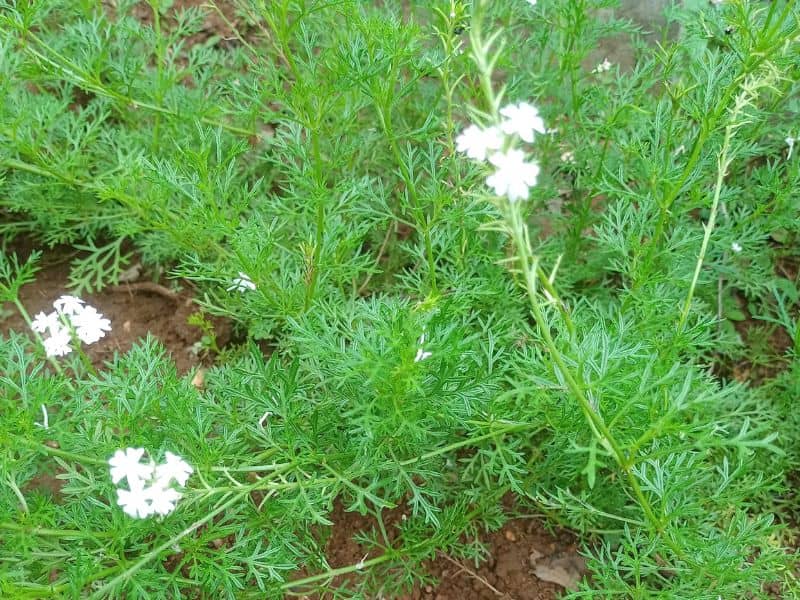
They are used extensively for grinding and blending purposes in the spice trade. Types with smaller fruit are produced in temperate regions and usually have a volatile oil content of around 0.4–1.8%, so they are highly valued as a raw material for the preparation of essential oil.
Coriander is commonly found both as whole dried seeds and in ground form. Roasting or heating the seeds in a dry pan heightens the flavour, aroma, and pungency. Ground coriander seed loses flavour quickly in storage and is best ground fresh.
Coriander seed is a spice in garam masala, and Indian curries, which often employ the ground fruits in generous amounts together with cumin, acting as a thickener in a mixture called dhania jeera. Roasted coriander seeds, called dhania dal, are eaten as a snack.
Outside of Asia, coriander seed is used widely for pickling vegetables. In Germany and South Africa (see boerewors), the seeds are used while making sausages. In Russia and Central Europe, coriander seed is an occasional ingredient in rye bread (e.g. Borodinsky bread) as an alternative to caraway. The Zuni people of North America have adapted it into their cuisine, mixing the powdered seeds ground with chilli, using it as a condiment with meat, and eating leaves as a salad.
Coriander seeds are used in brewing certain styles of beer, particularly some Belgian wheat beers. The coriander seeds are used with orange peel to add a citrus character.
Coriander seeds are one of the key botanicals used to flavor gin.
One preliminary study showed coriander essential oil to inhibit Gram-positive and Gram-negative bacteria, including Staphylococcus aureus, Enterococcus faecalis, Pseudomonas aeruginosa, and Escherichia coli.
Coriander is listed as one of the original ingredients in the secret formula for Coca-Cola.
Roots
Coriander roots have a deeper, more intense flavour than the leaves and are used in a variety of Asian cuisines, especially in Thai dishes such as soups or curry pastes.
Find Where to Buy the Best Coriander (Coriandrum sativum)

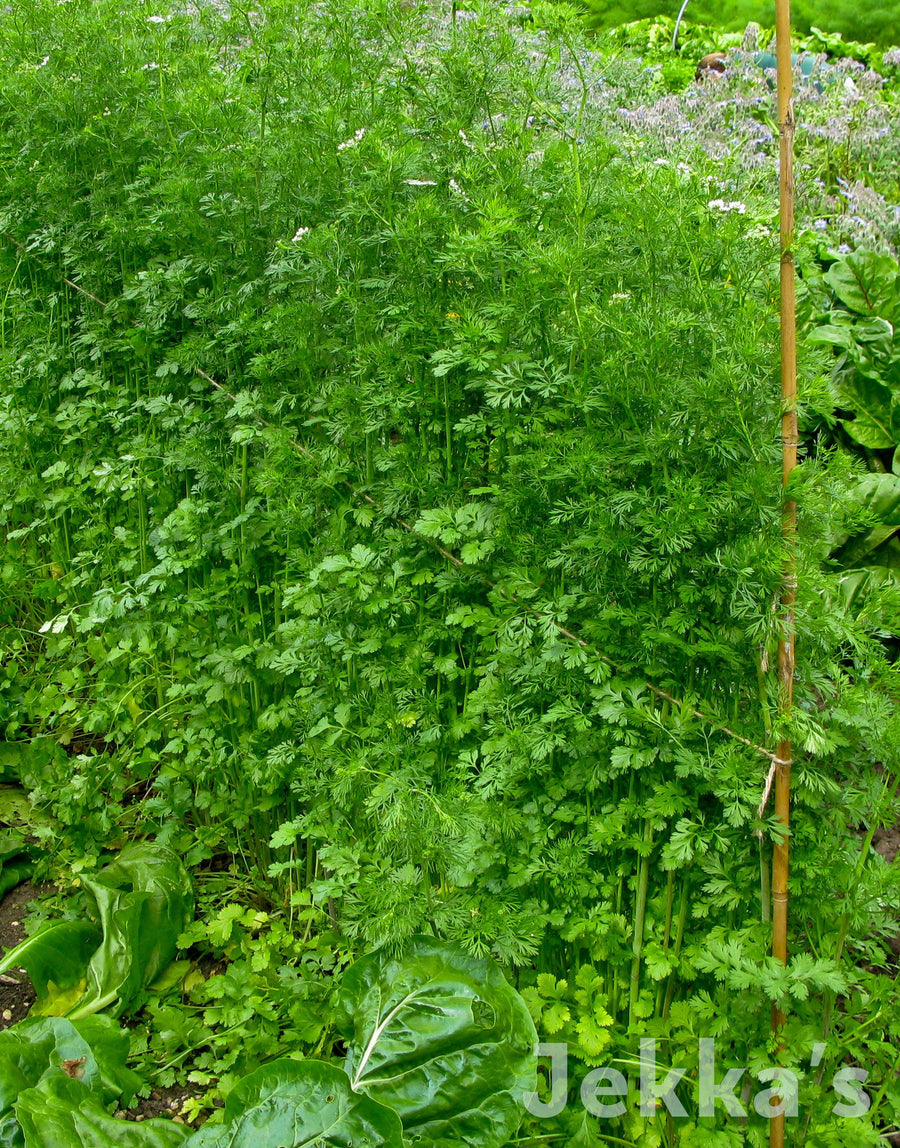

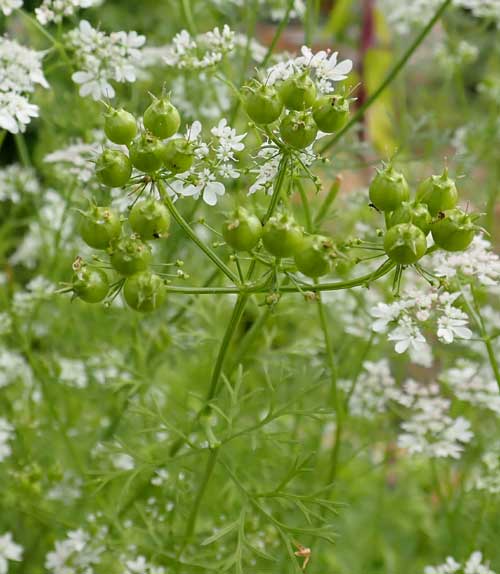






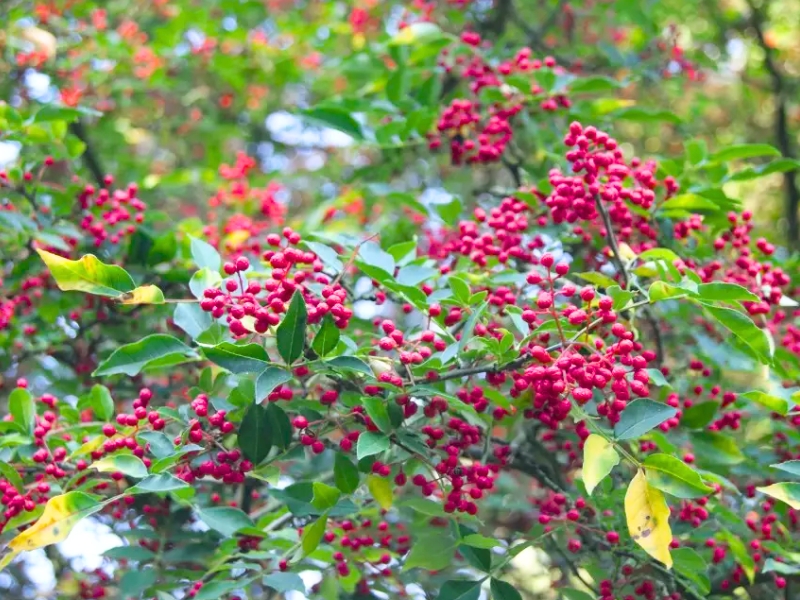
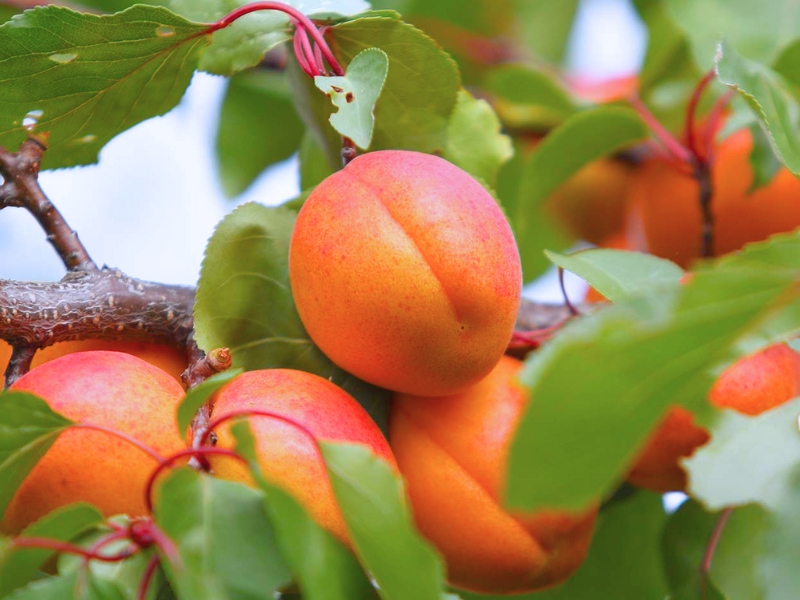
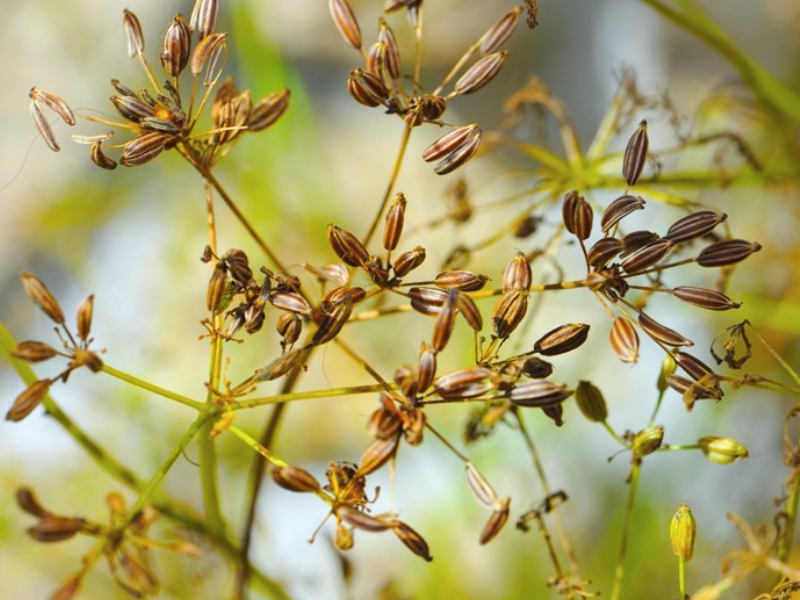
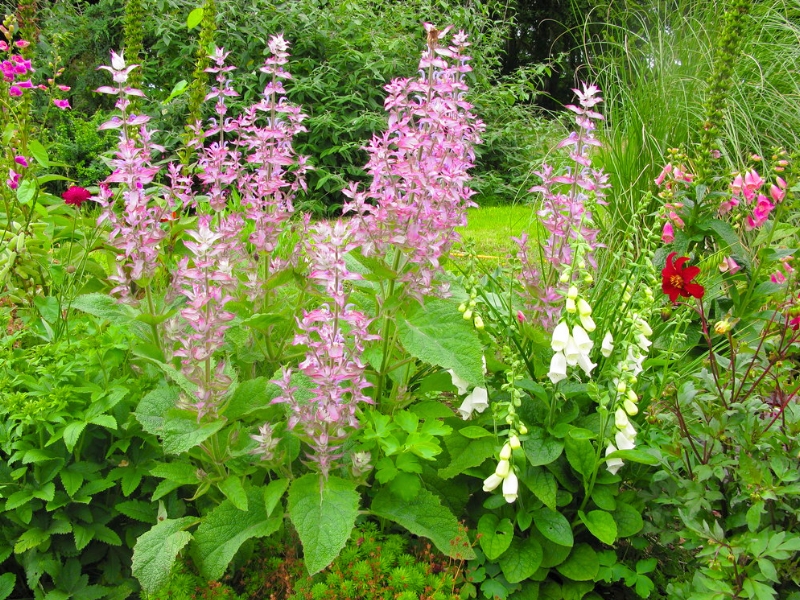
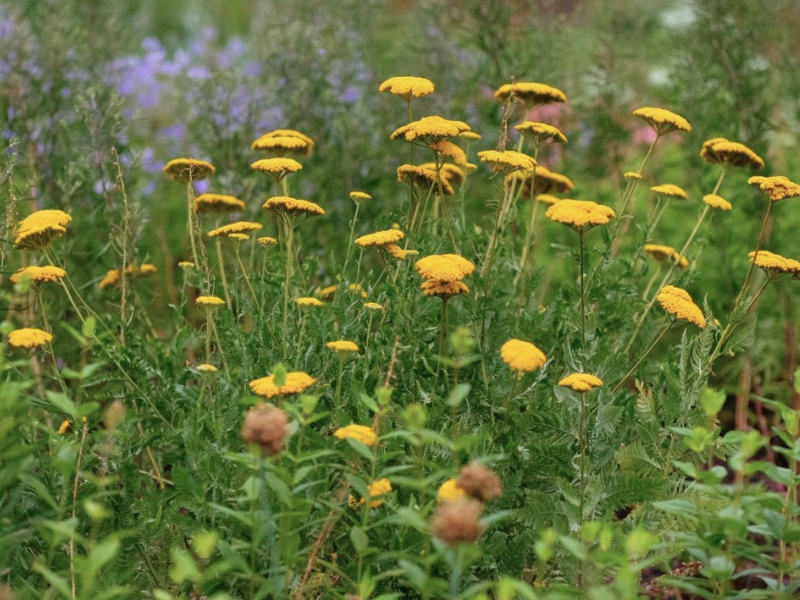
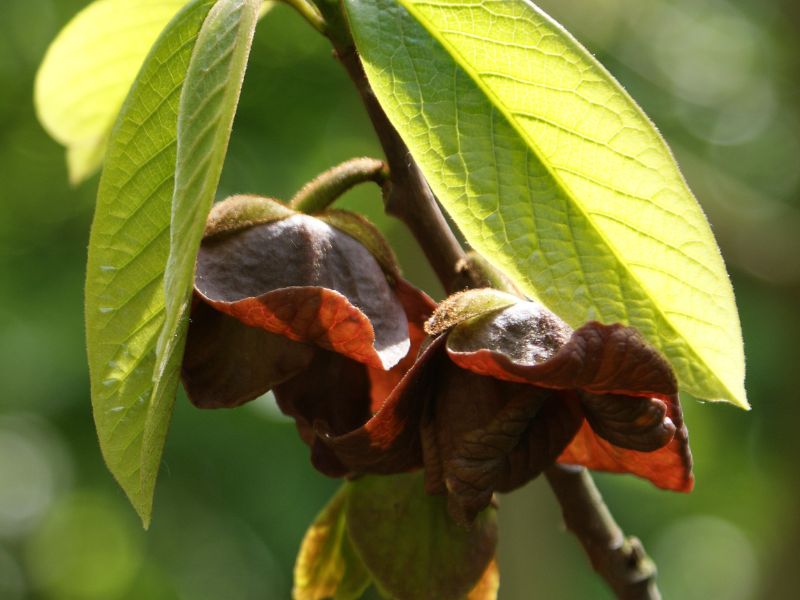
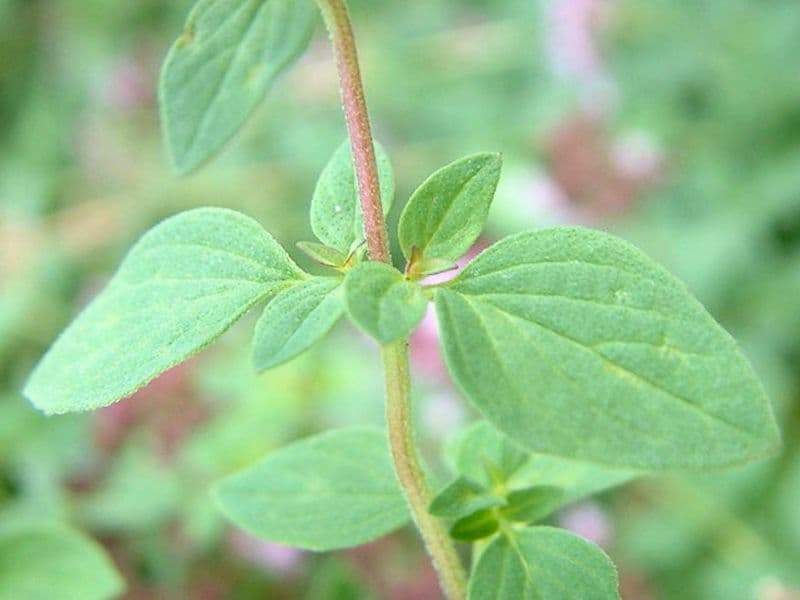

Leave a Reply